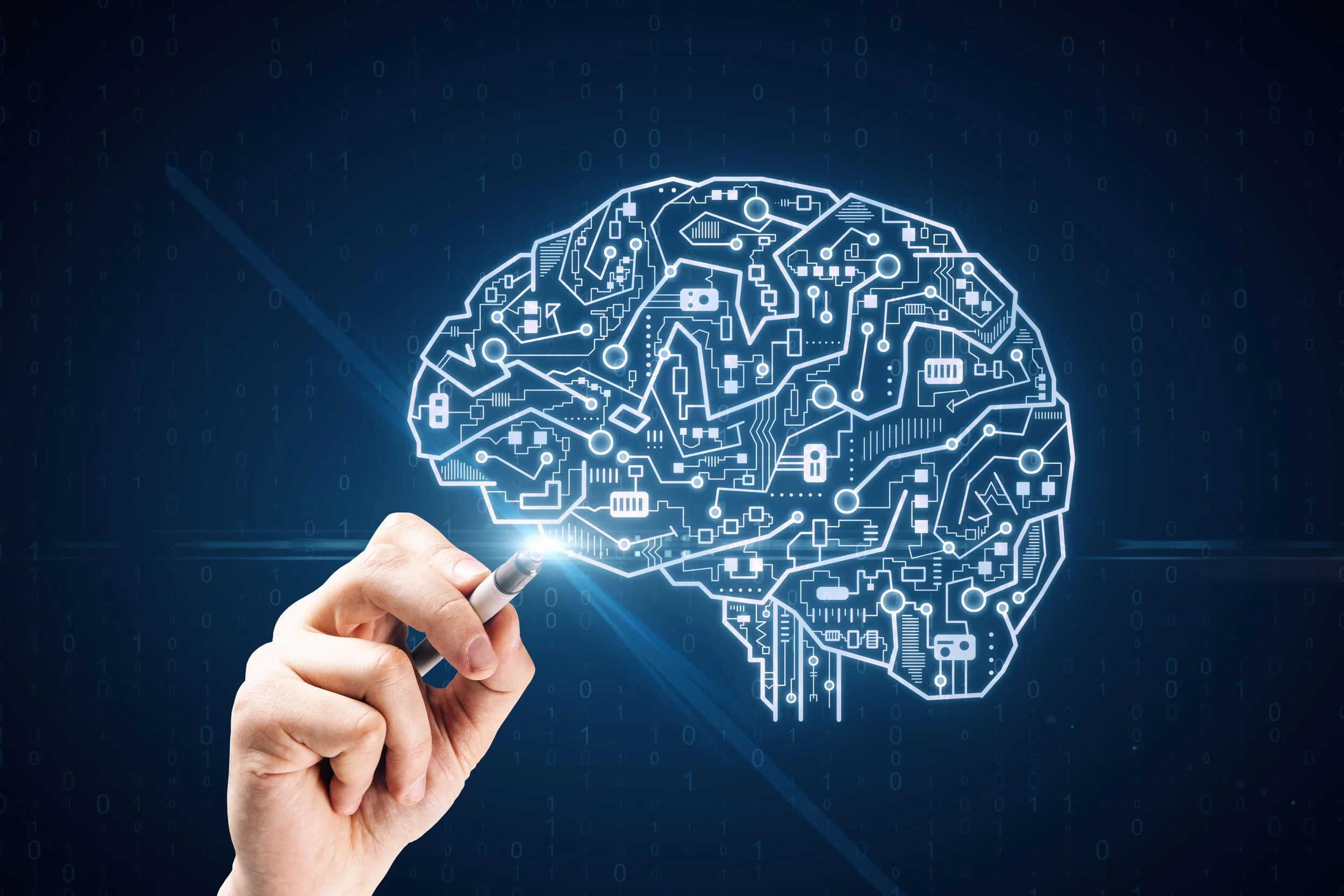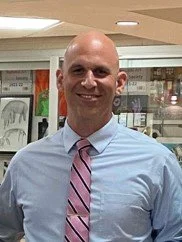From Student to Leader: The Influence of Brain Science
Understanding how we learn and process information is essential to furthering personal and professional success. Growing up, I faced internal questions and confusion when faced with challenges. Once I learned how I process information, my academic and personal journey’s made sense. Now looking back on my career, I see the impact that brain science has had on both my personal and professional journey, and the strategies I have leaerned that might help educators align brain science with practice in a variety of settings.
As a K-12 Student
As a young reader in school, I became frustrated by the fact that I could fluently decode but could not comprehend. This resulted in re-reading and having to learn compensatory strategies to encode information. While laborious, this became very important as I got older. I was always curious why I had such difficulty with reading comprehension, and vowed to help others learn in the most effective way possible. I wondered what was happening in my brain that I could process part of what I was reading, but not get the full picture?
As a Graduate Student
My first foray into brain science happened when I was a graduate student in school psychology. We learned about various assessments, special education law, and took a deep dive into the following neuropsychology areas: executive functioning, encoding and long-term storage, memory retrieval, process integration and the impact on learning, emotions, and behavior. For me, learning about neuropsychology was a “lightbulb” experience because through that, learning and behavior began to make sense.
It was at this point that I started to understand the “why” and “how” of learning, not just the “what”.
As a Teacher and School Psychologist
As an alternative school teacher and school psychologist, I began to integrate brain science into my everyday practice. For example, providing background information before a unit or new topic helped my students learn more effectively. This priming then led to them being cognitively ready to learn. When coupled with repetition, hands-on tasks, and having students re-teach what they are learning to others, this helped students to solidify concepts into long-term storage. It also made it easier for them to retrieve and apply. As a school psychologist, I was able to better understand the nature of problems, which then lead to specific and targeted interventions.
To illustrate this, here is a case example I encountered. A 5th grade student was referred to me because she was having difficulty understanding complex information in class. She had mild markers for reading weaknesses in her history, but nothing pronounced. As I assessed her and took a “magnifying glass” type of look at how she processed information, her needs became clear. She was a bright student with well-developed background knowledge and verbal reasoning abilities, and her word reading was solid. While these strengths should have theoretically resulted in adequate reading skills, she had deficits in decoding and phonological processing, straining her reading fluency. The reason why this had gone undetected for so long is that she inherently learned how to compensate by “filling in the gaps” when reading, using her strong verbal reasoning and background knowledge. As the demands increased as she got older, her ability to fill in gaps became hampered.
As a Brain Injury Consultant
Another case example stems from my work as a brain injury consultant. I worked with a student who had very significant deficits due to a stroke. At first encounter, one would hypothesize that this student had become intellectually disabled due to the stroke; however, the student was anything but. Exploration into his strengths and needs indicated developed verbal reasoning and background knowledge as long as the student was given time to consolidate his thoughts. He also benefited from multiple choice options to provide structure for retrieval. Recommendations to his team included providing up to 60-seconds of wait time when asked an open-ended question. They then were asked to provide more structure through repetition and multiple choice options if the student was still unsure after the time delay. This helped to guide his programming in a manner that was very individualized and specific to him.
As School Administrator
School administrators face numerous, multifaceted problems that are often difficult to understand. The importance of investigating a problem to intimately understand it is essential. I can recall a teacher consultation I did with a master teacher I was supervising. The teacher was struggling to keep his students engaged, which was something he never struggled with in the past. When I came into his class to observe, it became evident to me as an outside and unbiased observer that we needed to structure things a bit differently to increase student engagement. It was clear to me that many of the students in the class had underdeveloped self-management, self-monitoring, impulse control, and lacked intrinsic interest. I took comprehensive notes and gave specific feedback to the teacher. I suggested restructuring the layout of the lesson, rearranging how the tables are aligned, mixing up the pacing and cadence of his instruction, and shortening direct instruction. In addition, I suggested increasing student small group work and teacher monitoring/intervention in the moment. My reasoning behind these suggestions was strictly due to what I had learned from brain science, with the goal of increasing engagement and learning. Following a few days trialing the new approaches, the class was noticeably different. Students were more attentive, more cognitively engaged, and they had performed better on formative assessments.
Strategies to Consider
Whether you are a teacher, school psychologist, administrator, or in another role in education, what key elements of brain science are helpful to keep in mind when problem-solving? While certainly not exhaustive, I have created the following mental checklist that I use when I am trying to solve any problem I might face in schools:
How can the student inhibit impulses, ignore competing distractors, and direct their attention to instruction/situation?
How can the student then take-in, organize, and store information for effective short-term and long-term use?
What happens when the student becomes off-task, frustrated, upset, etc.? What areas of the brain are impacted, and what strategies can help?
In discipline situations, what combination of consequences and interventions can help to reduce the likelihood of recidivism for this student?
Over my life as a student and career as an educator and leader, I have acquired a series of strategies and plans to help a student based on their individual strengths and needs. This approach is grounded in research on how we learn, how social-emotional needs are integral in learning, and the developmental readiness students have to tackle challenges they face in school. This knowledge and perspective allows me to work with teams of staff, parents, and students to ensure that the most effective strategies and interventions are used to help them succeed.
About the Author
Justin Rubenstein is the Supervisor of Student Services in the Central Bucks School District, in Doylestown, PA. He is a former teacher, school psychologist, brain injury consultant, assistant high school principal, and adjunct professor.



